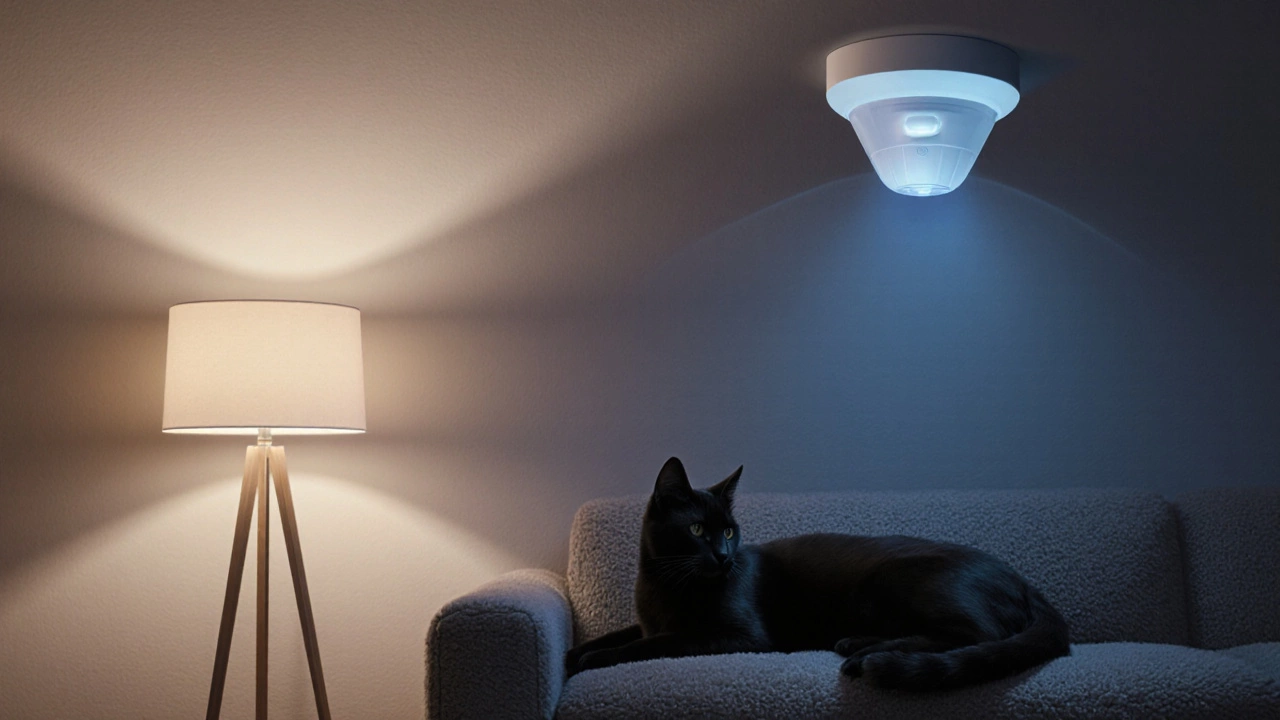When working with PIR sensor disadvantages, the downsides of passive infrared motion detectors used in many alarm systems. Also known as infrared sensor drawbacks, they often surprise installers with quirks that affect reliability.
At the heart of the issue is the PIR sensora device that senses heat changes in its field of view. It belongs to the broader family of motion sensorsdevices that detect movement through various physical principles. Compared with a microwave sensorone that emits radio waves and measures reflections to spot motion, a PIR sensor is cheaper but far more sensitive to temperature shifts. An ultrasonic sensora detector that uses high‑frequency sound to map movement can overcome line‑of‑sight limits that plague infrared units. These three technologies together illustrate the semantic triple: "PIR sensor disadvantages include temperature drift, while microwave sensors extend range, and ultrasonic sensors reduce blind spots."
First, temperature sensitivity means a hot attic or a chilly night can trigger false alarms. The sensor’s field of view is also a cone; anything outside that cone goes unnoticed, creating blind spots that burglars love. Second, PIR units need a clear line‑of‑sight; walls, furniture, or even heavy curtains can block detection, whereas microwave and ultrasonic options can see around obstacles. Third, they often suffer from "stacking" – multiple heat sources in the same area confuse the detector, leading to missed events or repetitive alerts. Finally, power loss or low‑battery conditions cause the sensor to drift, making maintenance crucial. Understanding these weaknesses helps you decide when to pair a PIR with a secondary technology, like a dual‑tech sensor that mixes infrared and microwave for added confidence.
Below you’ll find a curated set of articles that dive deeper into each of these issues. From a side‑by‑side comparison of motion sensor types to practical tips for reducing false alarms, the collection gives you actionable insight. Whether you’re upgrading a home alarm, designing a commercial security layout, or simply curious about how infrared detectors work, the posts ahead break down the trade‑offs and show you how to choose the right sensor for your needs.

Explore the key drawbacks of PIR sensors in pet‑friendly alarm systems, from temperature sensitivity to false‑alarm triggers, and learn practical tips to mitigate them.